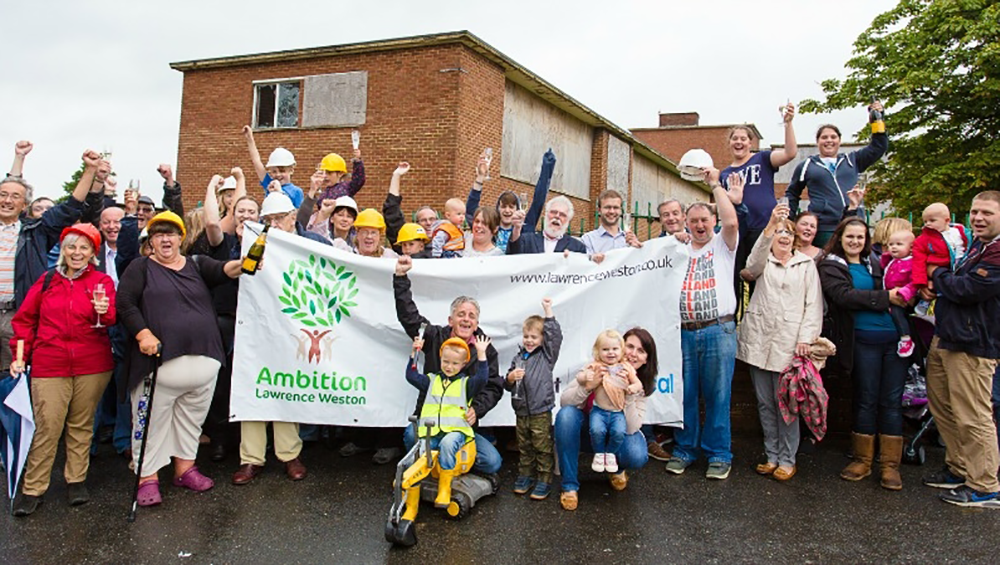Jonathan Hick from our investment team reflects on lessons we have learnt from investing in Bristol Energy Cooperative (BEC) in our latest blog.
The investment into the community owned solar farm will enable improved social outcomes in one of the most deprived parts of the South West.
Last week marked an important milestone for SASC’s most recent investee, Bristol Energy Cooperative (‘BEC’), who completed the development of its 4.1 MGw solar farm in Lawrence Weston on schedule, meeting the deadline for the project to benefit from the Feed in Tariff (‘FIT’) incentives. BEC is now the largest community owned generator of renewable electricity in the UK, with over 10 rooftop solar schemes on publicly owned buildings in Bristol and the 4.1 MGW Puriton solar farm in 2015. BEC is owned by over 600 members.
This investment represents not only SASC’s first transaction in the community renewable space, but also the first time we have funded alongside community shareholders – two areas in which we hope to invest more over the course of this year. We thought it would be interesting to briefly reflect on the lessons we learnt from doing this deal.
Investing in community renewables to improve social outcomes
SASC is excited about the growing trend in investments that have both environmental and social impacts in addition to a financial return – something others have also commented on. The Lawrence Weston project alone will generate over £3 million in sustained community investment over a period of 25 years, as well as providing a sustainable energy source and saving the emission of c.50,000 tonnes of CO2. This is particularly relevant as Lawrence Weston is one of the most deprived communities in the South West.
Whilst we considered other approaches to help tackle the levels of deprivation in this community, for example directly investing in local community organisations, we recognised that what was needed was the unrestricted revenue funding that the solar farm’s surplus could provide to support additional community service delivery. Over half of the surplus will go to Ambition Lawrence Weston (ALW), a community regeneration charity, with the remainder to other local community projects focused on reducing fuel poverty. ALW run a range of community services and work with public sector organisations, such as the council and NHS, to improve outcomes for local people. By investing in the solar farm, a visible capital investment in the local community, we were able to achieve this aim. It is clear to us that investing in community renewable energy can deliver improvements in outcomes in deprived communities and SASC is keen to play a role in bringing that about.
Community share raises need support
The changes to tax reliefs such as EIS and SITR mean that community energy developments are often taking longer to raise. More broadly as community organisations look to scale, with a resulting increase in their funding requirements, they are looking for capital to fill the gap between what they need and what they can raise from the community. This is also true beyond energy projects, for example Community Land Trusts who are seeking larger amounts of capital to tackle the shortage of affordable housing. This can be through long term funding or short term bridge finance – either of which social investment funds such as SASC can assist with. We would encourage organisations looking to raise funding from the community to consider social investment as a way to fill any shortfalls in funding requirement. In addition, for organisations who need to raise finance quickly, for example to meet a specific construction deadline, social investment can speed up the fundraising process, relative to some community share raises, in order to hit that deadline.
Andy O’Brien, Director, BEC
“The combination of changes to both the Feed-in-Tariffs and investment incentives meant raising the full funds from the community in the required timeframes wasn’t possible. The finance from SASC was therefore crucial in enabling this project to go ahead and meet the FIT deadline. The project will generate substantial benefits for both the environment and the local community.”
Changing approaches to tackling fuel poverty in communities
As subsidies for renewable generation (eg FIT and ROC) fall and the wholesale energy price remains below historic averages, the opportunities for setting up solar or wind generation and using surpluses to invest in fuel poverty initiatives is increasingly limited. Whilst hydro schemes have another year to go until the end of subsidies, we are seeing two particular changes. The first is around local demand balancing approaches, with storage technology starting to unlock and enhance returns of existing sites. Secondly, supply side solutions are increasingly being developed, whether it is through non profit generators such as Our Power or through other approaches focused on monitoring and reducing consumption. SASC is looking to support organisations seeking to directly tackle fuel poverty and its associated issues.


